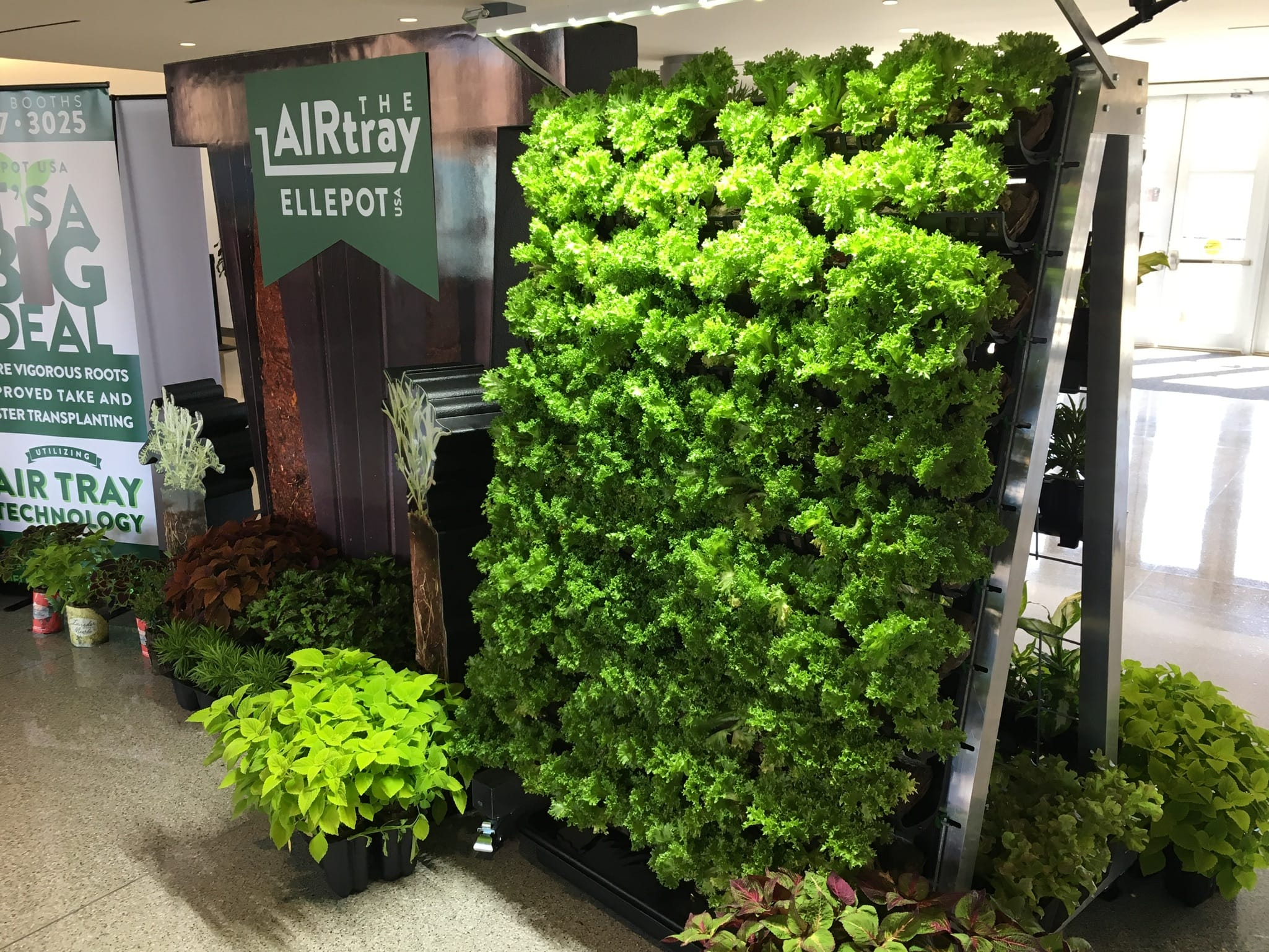

Articles
How To Build Vertical Garden
Modified: January 5, 2024
Learn how to build a stunning vertical garden with our step-by-step guide. Discover efficient gardening techniques and transform your outdoor space.
(Many of the links in this article redirect to a specific reviewed product. Your purchase of these products through affiliate links helps to generate commission for Storables.com, at no extra cost. Learn more)
Introduction
Gardening is a rewarding and enjoyable hobby that allows you to connect with nature and create beautiful spaces. One popular trend in gardening is the use of vertical gardens, which not only maximize limited space but also add a unique aesthetic element to any environment. Whether you have a small balcony, limited yard space, or simply want to liven up a blank wall, building a vertical garden is a fantastic way to showcase your plants and bring life to any area.
In this article, we will guide you through the process of building your own vertical garden, from choosing the right location to selecting the perfect plants and constructing the structure. We will also provide you with essential tips and considerations to ensure the success and longevity of your vertical garden.
Before diving into the practical aspects of building a vertical garden, it’s essential to understand its benefits. Firstly, vertical gardens are a space-saving solution, allowing you to make the most of limited areas and transform bare walls or fences into vibrant green spaces. Secondly, they can provide insulation, reducing the amount of heat that enters your space during hot summers or even act as a noise barrier. Furthermore, vertical gardens make a striking visual statement, bringing a touch of nature to urban areas and elevating the overall ambiance of any space.
Another advantage of vertical gardens is their versatility. Whether you have a passion for ornamental plants, herbs, or even vegetables, there is no limit to the types of plants you can grow vertically. From trailing vines and colorful flowers to cascading herbs and edible greens, the possibilities are endless.
However, just like any gardening project, building a vertical garden requires careful planning and consideration to ensure success. In the next sections, we will go through each step in detail to help you create your own thriving vertical garden. So, let’s get started by choosing the right location for your vertical garden.
Key Takeaways:
- Transform limited spaces into vibrant green havens with a captivating vertical garden. Consider sunlight, plant selection, and regular maintenance for a thriving oasis of nature’s beauty.
- Embrace creativity and continual learning to build a visually appealing and harmonious vertical garden. From plant selection to troubleshooting, nurture life and create a tranquil environment.
Read more: How To Grow A Vertical Garden
Choosing the Right Location
When it comes to building a vertical garden, selecting the right location is crucial for the health and growth of your plants. Here are a few factors to consider when choosing where to install your vertical garden:
- Sunlight: Most plants require at least six hours of direct sunlight each day. Observe the area you have in mind and check how much sun it receives throughout the day. Make sure your chosen location has enough sunlight for the type of plants you want to grow. If you have limited sunlight, consider shade-tolerant plants or look into installing grow lights to supplement natural light.
- Accessibility: Consider the accessibility of your vertical garden. You’ll need to regularly water, fertilize, and maintain your plants, so make sure the location is easily reachable. Additionally, think about how the proximity of the vertical garden will affect the overall aesthetic of your space.
- Water source: Ensure that your chosen location has access to a water source. Vertical gardens may require more frequent watering compared to traditional gardens, so having a nearby water source will make maintenance much easier.
- Structural support: Depending on the size and weight of your vertical garden, you may need to consider the structural support of the area. Check if the wall or fence can bear the weight of the vertical garden or if it requires additional reinforcement.
- Aesthetics: Consider the visual impact your vertical garden will have on the overall space. Choose a location that complements the existing elements and enhances the overall aesthetics. Factors such as color palette, texture, and the overall theme of your space should be considered when selecting the location.
Once you have considered these factors, you can start exploring the potential locations in your space. Some popular options include balconies, patios, walls, fences, or even creating standalone structures.
Remember, the location you choose will directly impact the growth and health of your plants, so take your time in making the right decision. In the next section, we will discuss the process of selecting the right plants for your vertical garden.
Selecting the Right Plants
Choosing the right plants for your vertical garden is essential to ensure their successful growth and overall aesthetic appeal. Here are some key factors to consider when selecting plants:
- Growth Habit: Consider the growth habit of the plants you intend to use. Some plants naturally trail or vine, making them ideal choices for vertical gardens. Examples include pothos, ivy, and creeping fig. On the other hand, plants with a more upright growth habit, such as herbs or compact shrubs, can also work well in vertical gardens.
- Light Requirements: Take into account the lighting conditions of your chosen location and match them with the light requirements of the plants. Some plants thrive in full sun, while others prefer partial shade. Make sure to choose plants that will thrive in the available light conditions.
- Climate Adaptability: Consider the climate of your region and choose plants that are well-suited for your local environment. Some plants are more tolerant of heat or cold, so make sure to select varieties that will thrive in your specific climate zone.
- Maintenance: Assess your own gardening abilities and the amount of time you can dedicate to maintaining your vertical garden. Some plants require more regular care, such as pruning or watering, while others are more low-maintenance. Choose plants that align with your gardening skill level and time commitment.
- Overall Design: Consider the overall design and theme you want to achieve with your vertical garden. Select plants that complement each other in terms of color, texture, and size. Create a harmonious blend to make your vertical garden visually appealing.
- Edible or Ornamental: Decide whether you want your vertical garden to primarily consist of edible plants like herbs and vegetables, or if you prefer ornamental plants for their visual appeal. You can even mix both types to create a diverse and multi-functional vertical garden.
When selecting plants, it’s important to strike a balance between variety and compatibility. Aim for a mix of plants that have similar care requirements to simplify maintenance, while also including different species to create interest and visual diversity.
In addition to considering these factors, research each plant’s specific care requirements, including watering needs, fertilization, and any special considerations. This will help you ensure that your chosen plants thrive in your vertical garden.
Building the Vertical Garden Structure
Once you have chosen the location and selected the right plants for your vertical garden, it’s time to start building the structure that will support and showcase your plants. Here are some steps to guide you through the process:
- Plan and Measure: Begin by measuring the dimensions of the chosen area and planning the layout of your vertical garden. Consider the number of plants you want to include and how much space each plant will require to ensure proper growth.
- Choose the Vertical Garden System: There are various systems available for vertical gardens, including modular panels, pocket planters, and trellis structures. Choose a system that fits your space, aesthetic preferences, and the specific needs of your plants.
- Install the Support Structure: Depending on the system you choose, you may need to install a support structure for your vertical garden. This could involve mounting brackets on the wall, constructing a trellis, or setting up a free-standing frame.
- Attach the Planters or Pots: Once the support structure is in place, attach the planters or pots to the system as per the manufacturer’s instructions. Make sure they are secure and will hold the weight of the plants and soil.
- Provide Drainage: Ensure that your vertical garden system allows for proper drainage. This will prevent water from accumulating and potentially damaging the plants. Consider using containers with built-in drainage holes or incorporating a drip irrigation system.
- Consider Irrigation: Depending on the size and location of your vertical garden, you may need to install an irrigation system to ensure consistent watering. This can be achieved through drip irrigation, a soaker hose system, or even hand watering if the garden is small enough.
- Secure Plants and Promote Growth: Once the structure is in place, securely plant your chosen plants in the vertical garden. Use high-quality potting soil that provides adequate nutrition and drainage. As the plants grow, consider using plant ties or clips to guide their growth in the desired direction.
Remember to follow the specific instructions provided by the vertical garden system manufacturer, as each system may have its own unique installation methods. Regularly inspect the structure to ensure it remains stable and secure over time.
By following these steps, you will be able to create a sturdy and functional vertical garden structure that will allow your plants to thrive and beautify your space.
Preparing the Soil
The quality of the soil in your vertical garden plays a key role in the overall health and growth of your plants. Proper soil preparation ensures that your plants receive the nutrients they need to thrive. Here are the steps to prepare the soil for your vertical garden:
- Choose the Right Soil Mix: Select a well-draining soil mix specifically formulated for container gardening. Avoid using regular garden soil, as it tends to be too heavy and may not provide adequate drainage.
- Amend the Soil: If the soil mix you choose does not already contain organic matter, consider adding compost, aged manure, or other organic amendments to improve the soil’s fertility and structure. Organic matter helps retain moisture while providing essential nutrients to the plants.
- Consider Soilless Mixes: Alternatively, you can opt for soilless growing media such as peat-based mixes or coconut coir. These lightweight mixes provide excellent drainage while retaining moisture, and they are also sterile and less likely to harbor pests or diseases.
- Moisten the Soil: Before filling your vertical garden structure with soil, dampen it slightly to ensure proper moisture levels. This will prevent the soil from becoming too dry or compacted once the plants are established. However, be careful not to overwater, as excessive moisture can lead to root rot.
- Fill the Vertical Garden: Fill the planters or pots of your vertical garden system with the prepared soil mix, leaving enough room for the plants’ roots. Gently firm the soil around the plants to provide support but avoid compacting it too tightly, as this can hinder root growth and water penetration.
After preparing the soil, it’s essential to regularly monitor its moisture levels. Vertical gardens tend to dry out more quickly than traditional gardens due to increased airflow, so be mindful of the watering needs of your plants. Check the moisture level by inserting your finger into the soil. If the top layer feels dry, it’s time to water. However, be cautious not to overwater, as this can lead to waterlogged soil and root issues.
Remember, providing your plants with nutrient-rich soil is fundamental to their growth and overall health. Taking the time to properly prepare the soil will pay off in the form of vibrant and thriving plants in your vertical garden.
When building a vertical garden, make sure to choose plants that have similar light and water requirements to ensure they thrive in the same environment. This will make maintenance much easier in the long run.
Read more: How To Plant Strawberry In A Vertical Garden
Planting and Arranging the Plants
Now that your vertical garden structure is ready and the soil has been prepared, it’s time to plant and arrange your chosen plants. Follow these steps to ensure successful planting and an aesthetically pleasing arrangement:
- Plan the Layout: Before you start planting, consider the desired arrangement of your plants. Take into account their growth habits, colors, and sizes. Create a visual plan to help guide your planting process.
- Start with the Tallest Plants: Begin planting the tallest or most upright plants first. These will usually be placed towards the back or center of the vertical garden to create a focal point. Be mindful of how much space each plant needs to accommodate their growth.
- Plant Trailing or Cascading Plants: Once the taller plants are in place, add trailing or cascading plants towards the edges or lower sections of the vertical garden. These plants will gracefully spill over the sides, creating a lush and visually appealing display.
- Consider Color and Texture: Aim for a harmonious balance of colors and textures in your plant arrangement. Mix different shades of green, add pops of color with flowering plants, and incorporate plants with varying leaf shapes and textures to add visual interest.
- Leave Adequate Space: Ensure that each plant has enough space to grow and thrive. Avoid overcrowding, which can lead to competition for resources and hinder overall plant health. Refer to the recommended spacing guidelines for each plant to determine the appropriate distance.
- Secure the Plants: Once the plants are in position, gently firm the soil around their root balls. Make sure they are securely planted and stable in the soil to prevent them from loosening or falling out of the vertical garden structure.
- Arrange for Continuous Bloom: If you have chosen flowering plants, consider staggering their planting to ensure a continuous bloom throughout the growing season. This will provide a vibrant and ever-changing display in your vertical garden.
As you plant, take the time to step back and assess the arrangement from different angles. Make adjustments as needed to achieve the desired visual impact and ensure that each plant has optimal growing conditions.
After planting, water the plants thoroughly to settle the soil around the roots. Monitor the moisture levels and water as needed, considering the specific watering requirements of each plant.
Remember that a well-planned and beautifully arranged vertical garden will not only provide a stunning display but also create a harmonious and inviting atmosphere in your space.
Watering and Maintenance
Proper watering and regular maintenance are essential for the health and vitality of your vertical garden. Follow these guidelines to ensure your plants thrive:
- Monitor Moisture Levels: Check the moisture levels of your vertical garden regularly to determine when it needs watering. Stick your finger into the soil to a depth of about an inch. If it feels dry, it’s time to water.
- Watering Techniques: When watering your vertical garden, use a gentle spray or a watering can with a fine spout to distribute the water evenly. Avoid excessive force that may displace the soil or damage delicate plants.
- Watering Frequency: The watering frequency will depend on various factors, such as the plants’ water needs, the ambient temperature, and the soil’s drainage capacity. As a general guideline, aim to keep the soil moist but not waterlogged. Avoid letting the soil completely dry out between waterings.
- Consider an Irrigation System: To ensure consistent and efficient watering, especially for larger vertical gardens, you may want to consider setting up an irrigation system. This can be as simple as installing a drip irrigation system or using a soaker hose.
- Regular Inspections: Regularly inspect your vertical garden for any signs of pests, diseases, or nutrient deficiencies. Promptly address any issues you notice to prevent them from spreading and affecting the overall health of your plants.
- Prune and Trim: To maintain the shape and appearance of your vertical garden, periodically prune and trim the plants as needed. Remove any dead or yellowing leaves, and trim back overgrown branches to encourage new growth.
- Fertilization: Depending on the plant’s nutritional needs, consider fertilizing your vertical garden periodically. Use a balanced slow-release fertilizer or organic alternatives to provide essential nutrients to the plants. Follow the recommended dosage and application instructions on the fertilizer packaging.
- Weed Control: Regularly check for weeds in your vertical garden and remove them promptly to prevent competition for nutrients and resources with your desired plants.
Remember that each plant may have specific care requirements, so familiarize yourself with the needs of the plants in your vertical garden to provide the best care possible.
By paying attention to the watering needs and providing regular maintenance, your vertical garden will flourish and continue to be a beautiful focal point in your space for years to come.
Troubleshooting Common Issues
While vertical gardens can be a stunning addition to any space, they may encounter some common issues that require troubleshooting. Here are a few common problems you may encounter and how to address them:
- Poor Plant Growth: If your plants are not thriving or showing signs of slow growth, it may be due to insufficient sunlight or poor soil conditions. Make sure your vertical garden receives adequate sunlight and ensure the soil is well-draining and nutrient-rich. Consider adjusting the location of your vertical garden or amending the soil to improve plant growth.
- Overwatering or Underwatering: Finding the right balance of watering can be challenging. Overwatering can lead to root rot and other issues, while underwatering can cause plant stress and wilting. Monitor moisture levels regularly and adjust your watering frequency accordingly. Be mindful of the water requirements of each type of plant in your vertical garden.
- Pests and Diseases: Vertical gardens may attract pests such as aphids, mealybugs, or spider mites. Regularly inspect your plants for any signs of infestation, such as discolored leaves or visible pests. Treat affected plants with appropriate organic pest control methods or consult a professional if necessary. Also, keep an eye out for signs of diseases, such as mold or fungal growth, and take preventive measures to minimize the risk.
- Nutrient Deficiencies: Some plants in your vertical garden may exhibit signs of nutrient deficiencies, such as yellowing or stunted growth. To address this issue, consider using slow-release fertilizers or organic amendments to provide the necessary nutrients. Conduct a soil test to identify specific nutrient deficiencies and adjust your fertilization regimen accordingly.
- Extreme Temperatures: If your vertical garden is exposed to extreme temperatures, such as scorching heat or frost, it can negatively impact plant health. Consider providing shade during hot summer days or protecting the plants during colder months. Use appropriate insulation or coverings to shield the plants from extreme weather conditions.
- Improper Plant Selection: Choosing the wrong plants for your vertical garden can lead to difficulties in maintenance and poor growth. Ensure that you select plants that are well-suited for the amount of sunlight, temperature, and humidity in your location. Research the specific care requirements of each plant before adding them to your vertical garden.
By actively monitoring your vertical garden, promptly addressing any issues that arise, and providing the necessary care, you can overcome common problems and maintain a healthy and vibrant vertical garden.
Final Tips and Considerations
As you embark on your journey to build and maintain a successful vertical garden, here are some final tips and considerations to keep in mind:
- Start Small: If you are new to vertical gardening, consider starting with a small-scale project to familiarize yourself with the process and care requirements. Once you gain more confidence and experience, you can expand and create larger vertical gardens.
- Research Plant Compatibility: Before selecting plants for your vertical garden, research their compatibility with each other to ensure harmonious growth. Some plants may have different water or sunlight requirements that can impact their overall compatibility.
- Regular Maintenance: Regular maintenance is crucial for the health and longevity of your vertical garden. Set aside time each week to check for any issues, prune plants, and provide care as needed. This will help prevent problems and keep your vertical garden looking its best.
- Stay Organized: Keep a record of the types of plants in your vertical garden, their care requirements, and any maintenance tasks performed. This will help you stay organized and ensure that you provide the necessary care for each plant.
- Rotate Plants: Consider rotating your plants periodically to ensure that each one receives adequate sunlight and air circulation. This will help promote even growth and prevent certain plants from overshadowing others.
- Harvest Edibles Regularly: If you have edible plants in your vertical garden, harvest them regularly to encourage continued production. This will prevent overcrowding and ensure the best flavor and quality of your homegrown produce.
- Embrace Creativity: Vertical gardening offers ample opportunities for creativity and personalization. Explore different plant combinations, experiment with unique containers or structures, and let your imagination run wild to create a vertical garden that reflects your style and preferences.
- Continual Learning: Gardening is a continuous learning experience. Stay curious and open to new techniques, plant varieties, and resources. Attend workshops or join gardening communities to learn from fellow gardeners and expand your knowledge.
Remember that building and maintaining a vertical garden requires patience, attention to detail, and a love for plants. Embrace the process, adapt to changing conditions, and enjoy the beauty and rewards that come with nurturing your own vertical oasis.
With these tips in mind, you are now equipped to create and maintain a thriving vertical garden. Get started and watch as your vertical garden transforms into a lush and captivating display of nature’s beauty.
Read more: How To Build A Vertical Garden Tower
Conclusion
Building a vertical garden is an exciting endeavor that allows you to transform limited spaces into vibrant and green havens. By choosing the right location, selecting appropriate plants, constructing a sturdy structure, preparing the soil, and carefully arranging the plants, you can create a captivating vertical garden that adds beauty and life to any environment.
Throughout the process, it’s important to consider factors such as sunlight, accessibility, water source, structural support, and aesthetics to ensure the success of your vertical garden. Additionally, providing proper care and maintenance, including watering, regular inspections, pruning, and fertilization, will ensure the continued health and vitality of your plants.
Remember that troubleshooting common issues, such as poor plant growth, overwatering, pests, and diseases, requires attentiveness and timely intervention. By addressing these issues promptly and appropriately, you can help your vertical garden thrive.
Cultivate a sense of creativity and embrace the learning experience that comes with gardening. Experiment with different plant combinations, expand your knowledge, and continually adapt and refine your vertical garden to meet your evolving preferences.
Building and maintaining a vertical garden is not just about creating a visually appealing space, but also about fostering a deeper connection with nature. As you watch your plants grow and flourish, you’ll experience the joy and satisfaction that comes from nurturing life and creating a harmonious environment.
So, whether you have a small balcony, limited yard space, or an empty wall, go ahead and dive into the world of vertical gardening. With the knowledge and tips shared in this article, you have the tools to build a stunning vertical garden that will captivate your senses and bring tranquility to your surroundings.
Now, it’s time to get your hands dirty, unleash your creativity, and create a vertical garden that will be a source of pride and enjoyment for years to come!
Frequently Asked Questions about How To Build Vertical Garden
Was this page helpful?
At Storables.com, we guarantee accurate and reliable information. Our content, validated by Expert Board Contributors, is crafted following stringent Editorial Policies. We're committed to providing you with well-researched, expert-backed insights for all your informational needs.
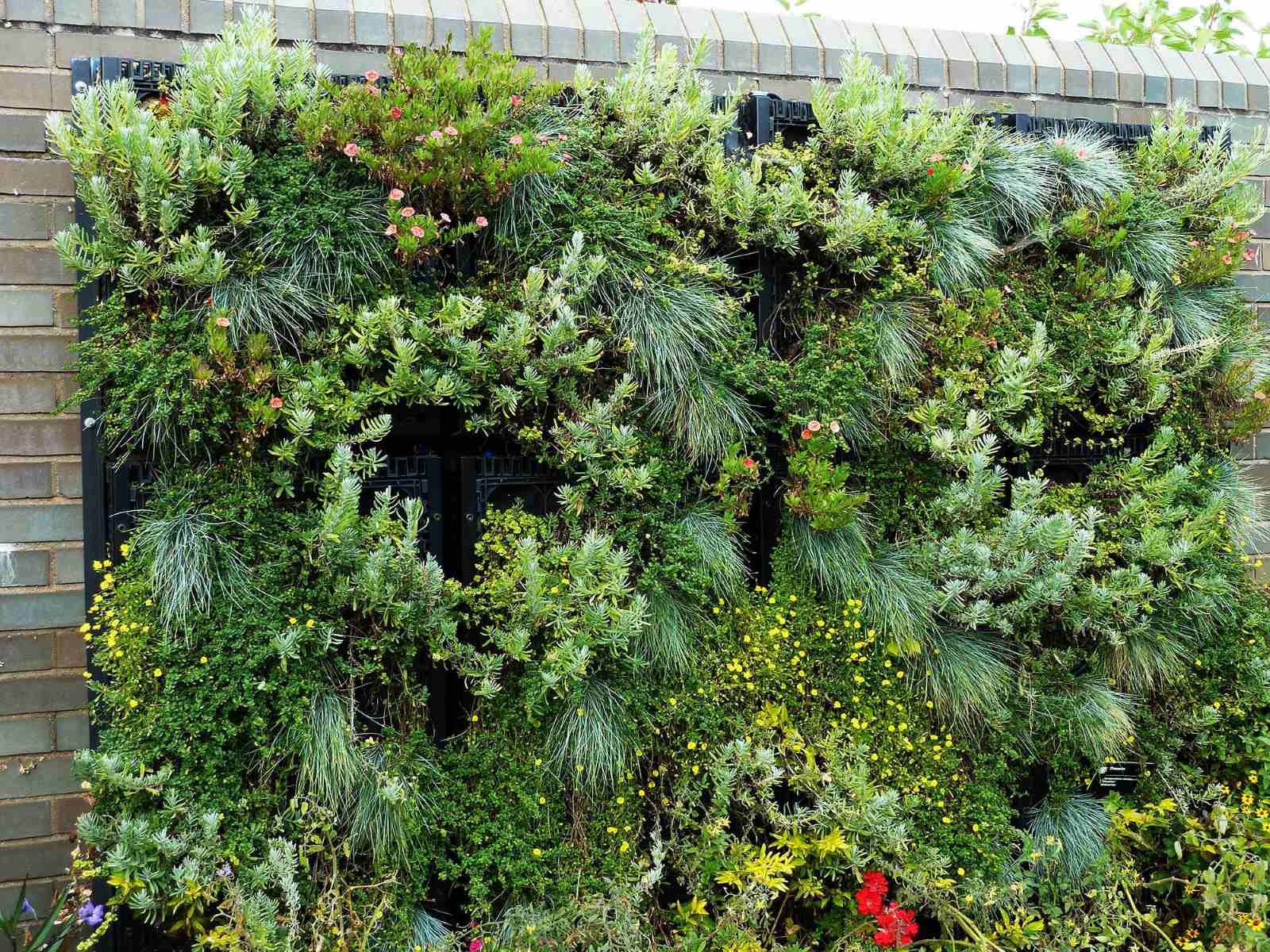
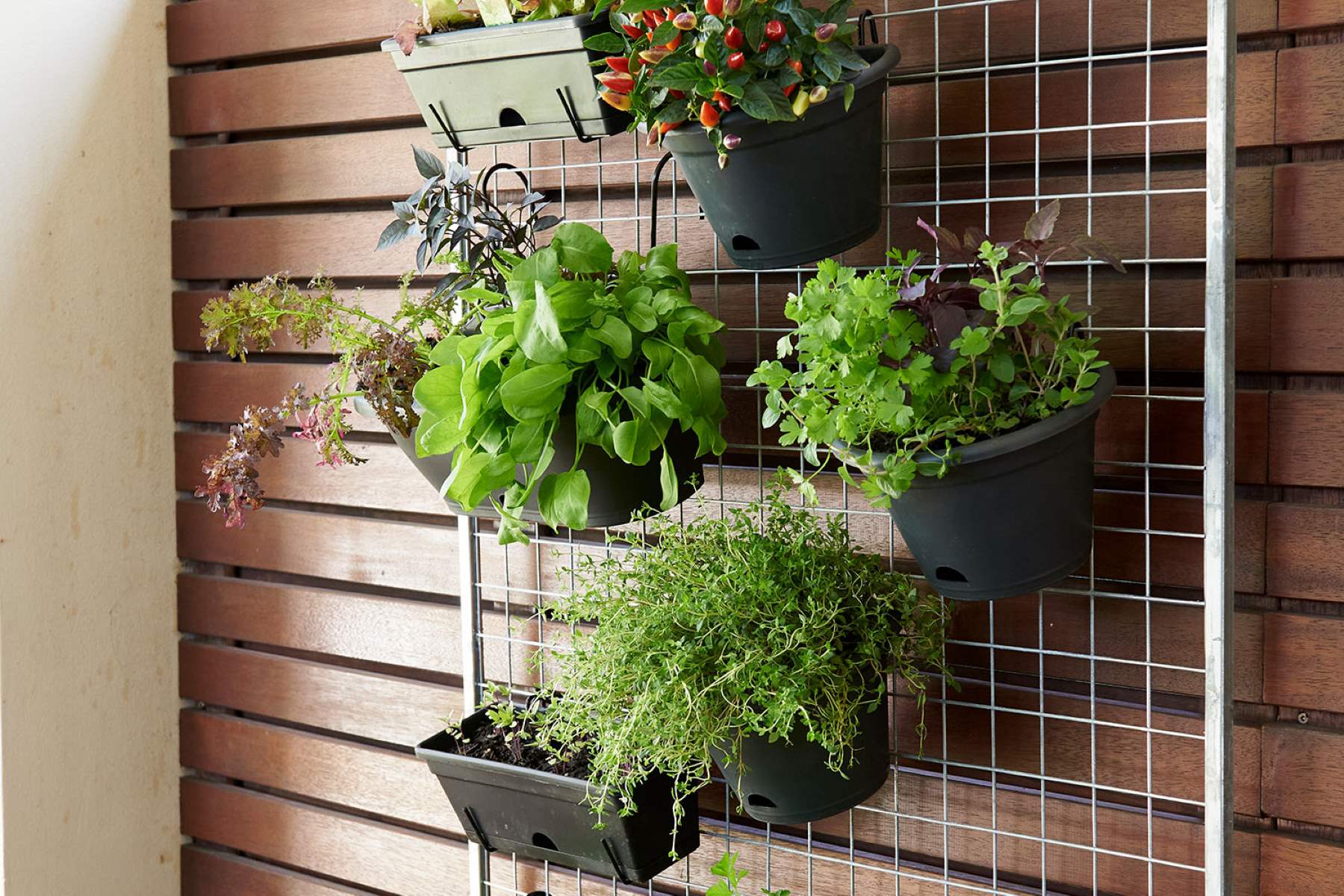

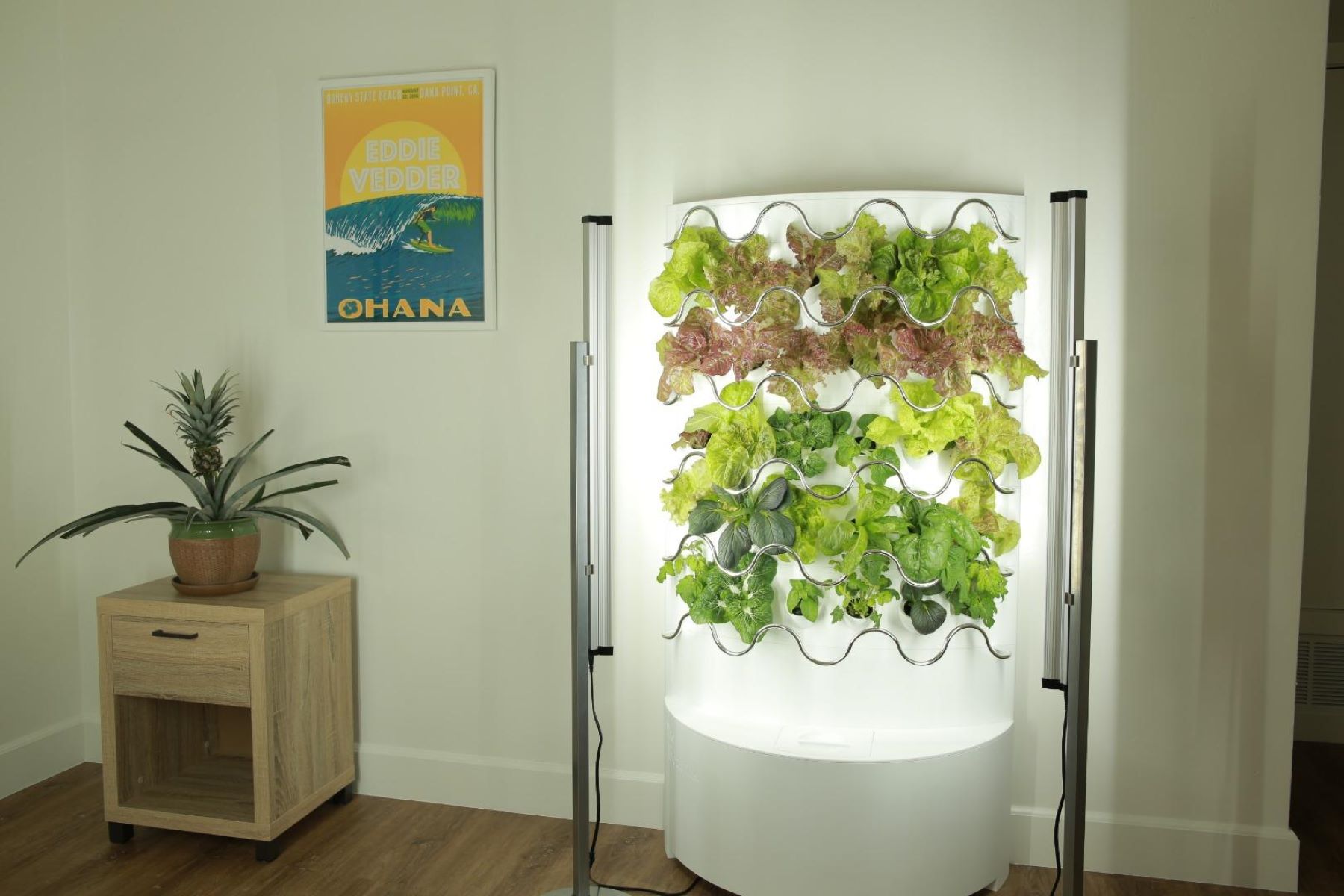

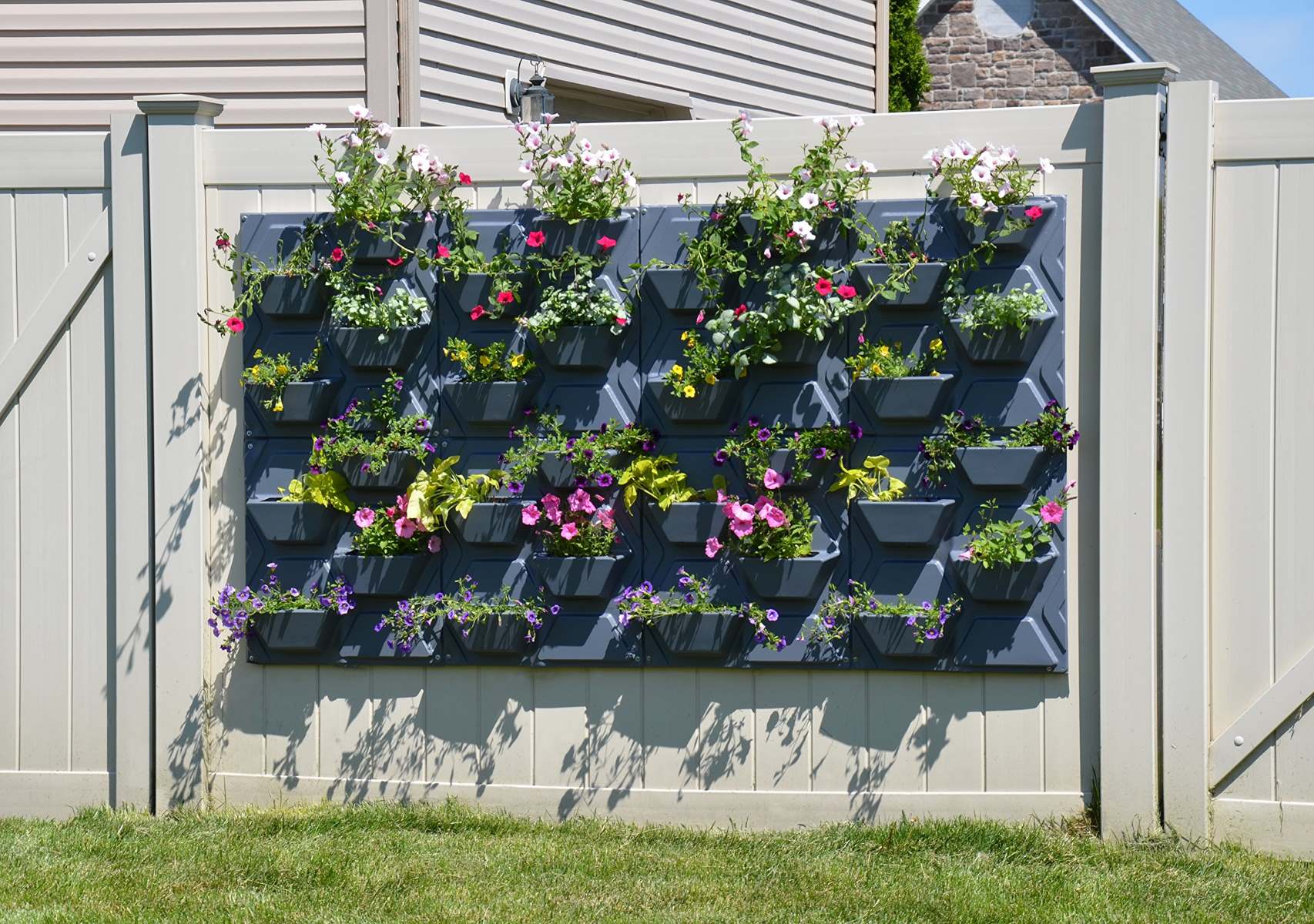
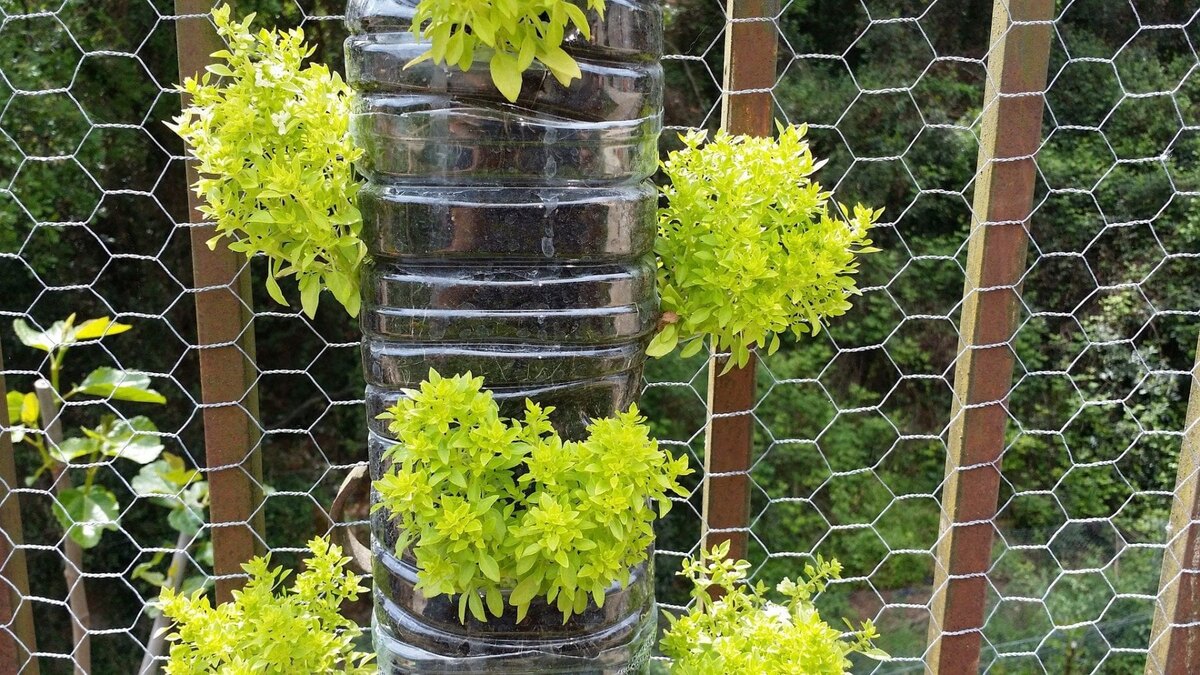
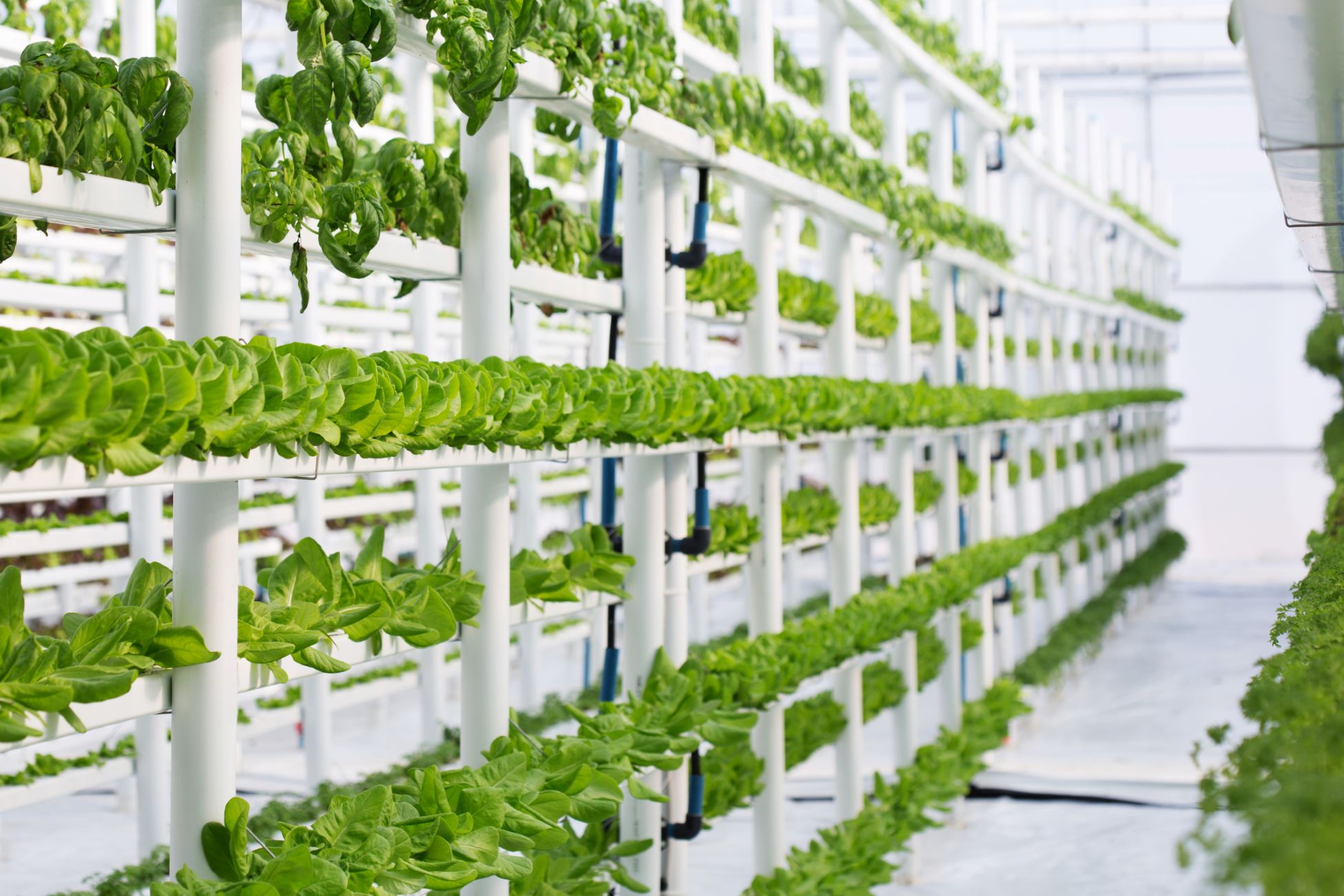
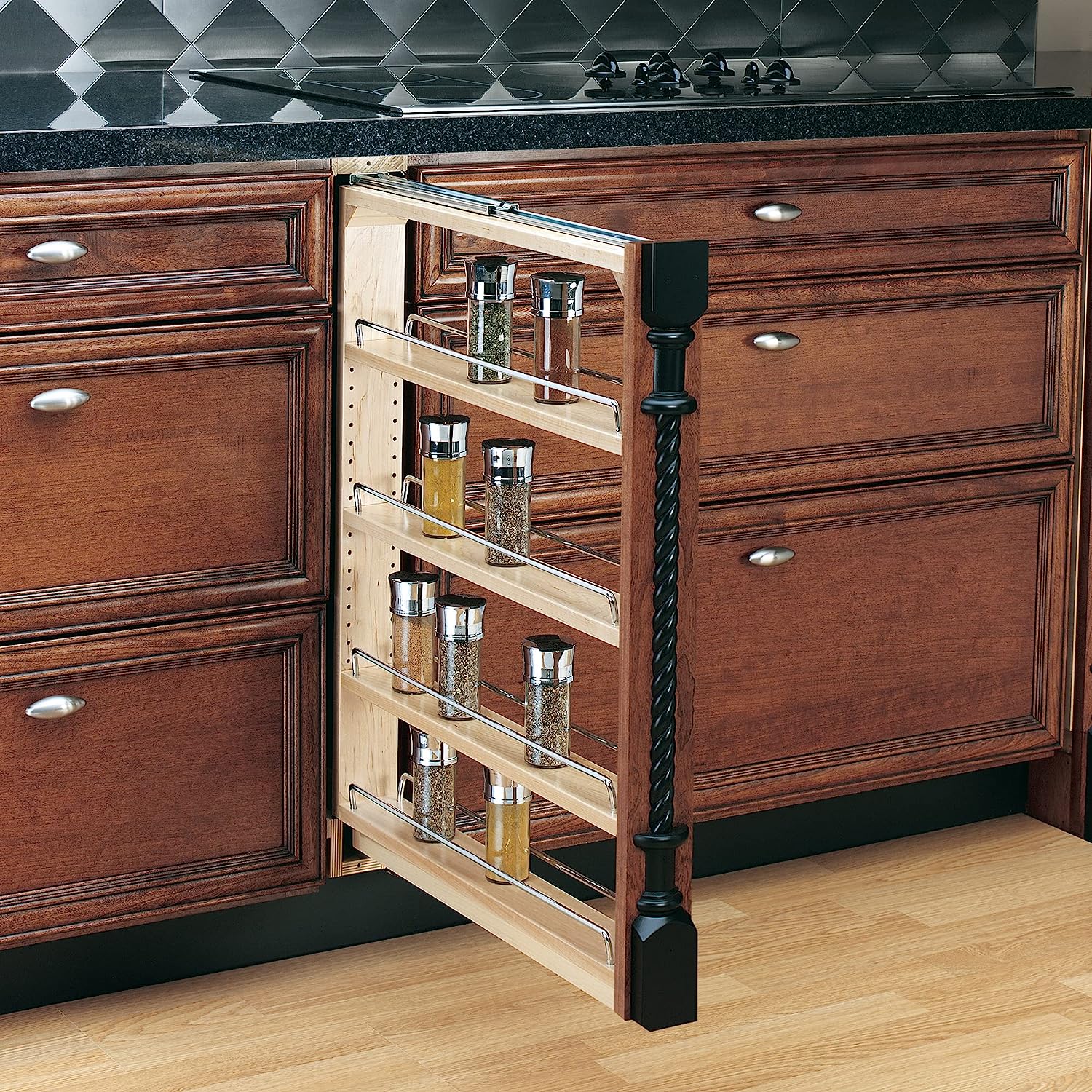
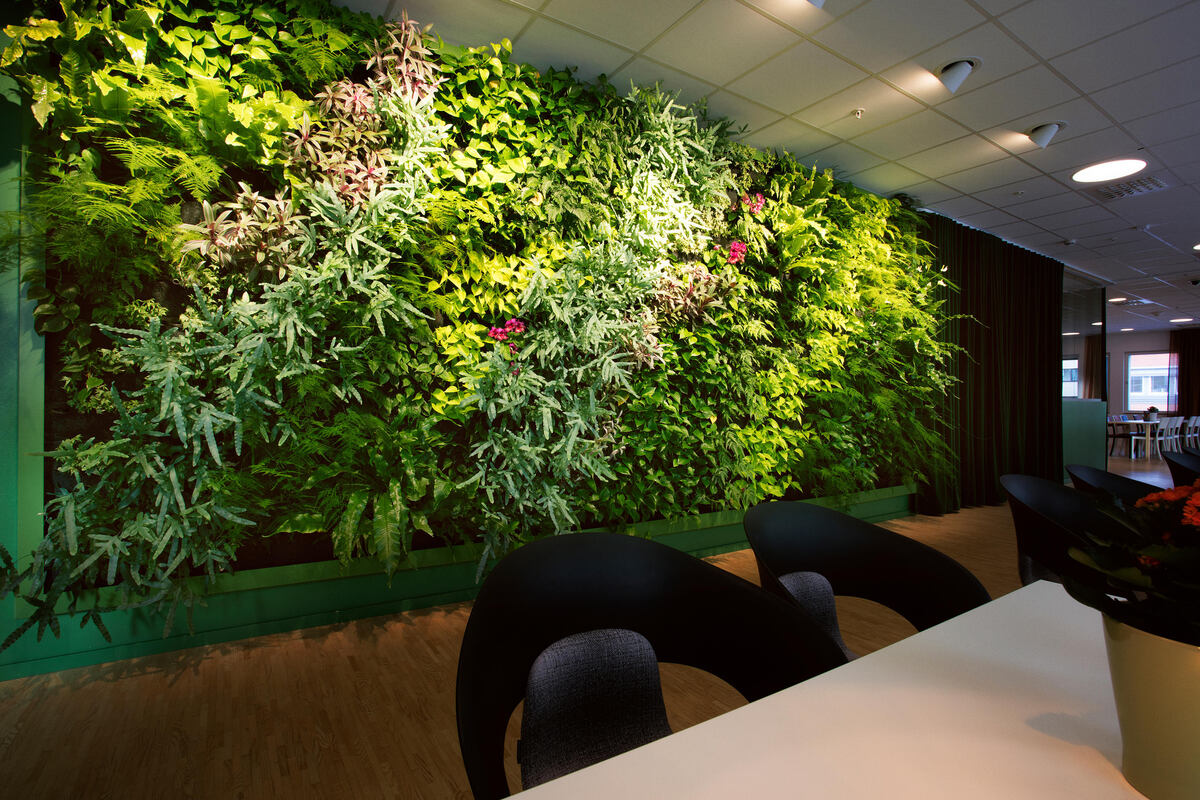
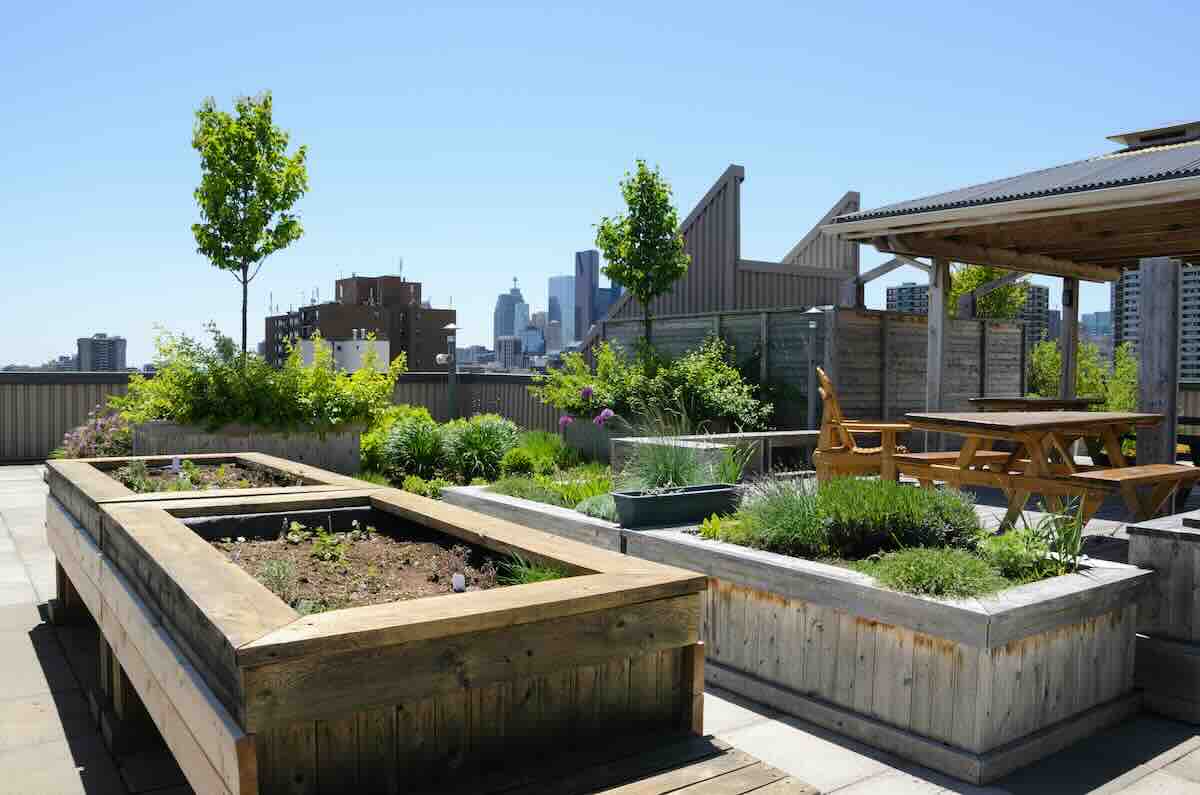
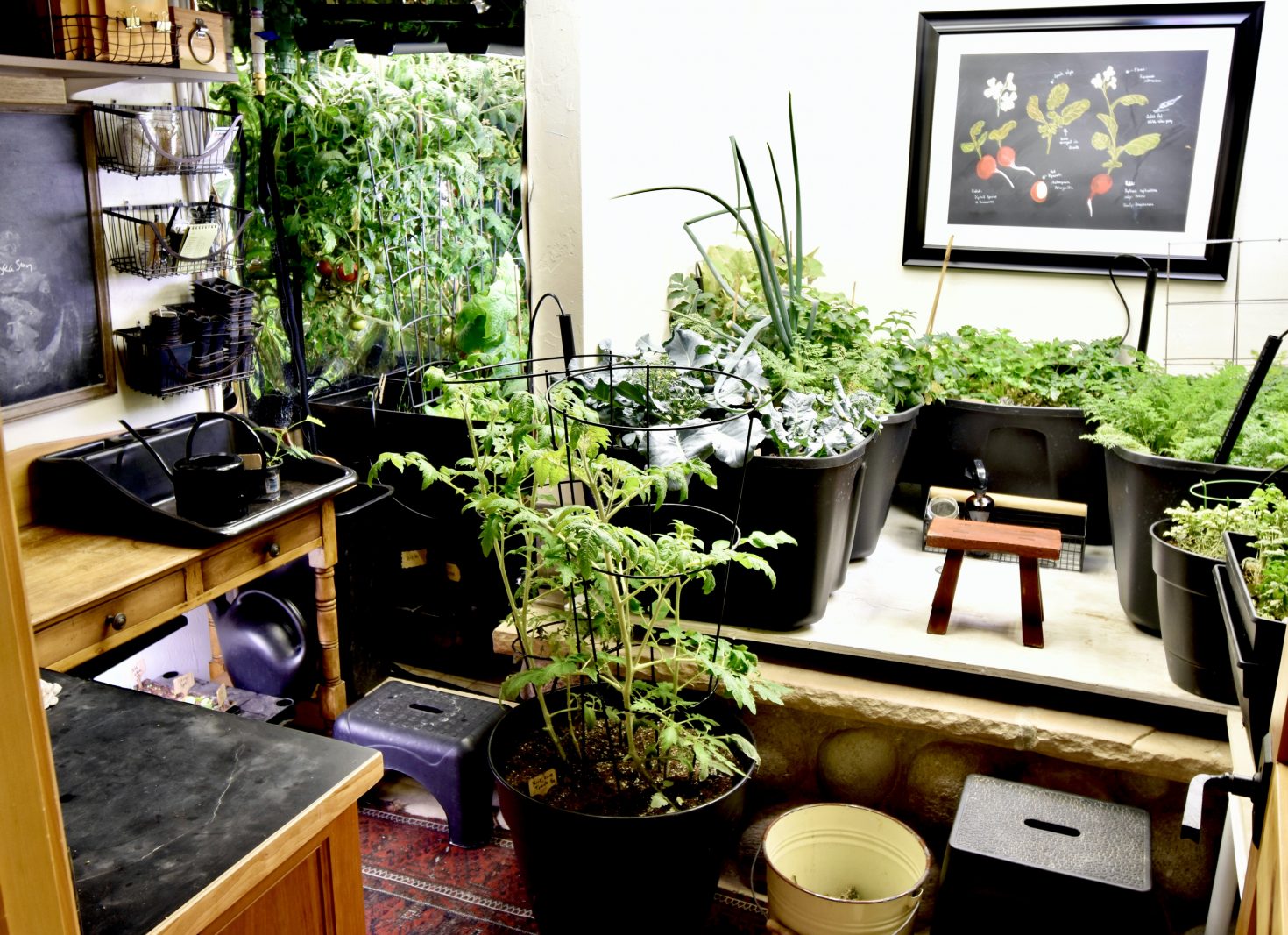
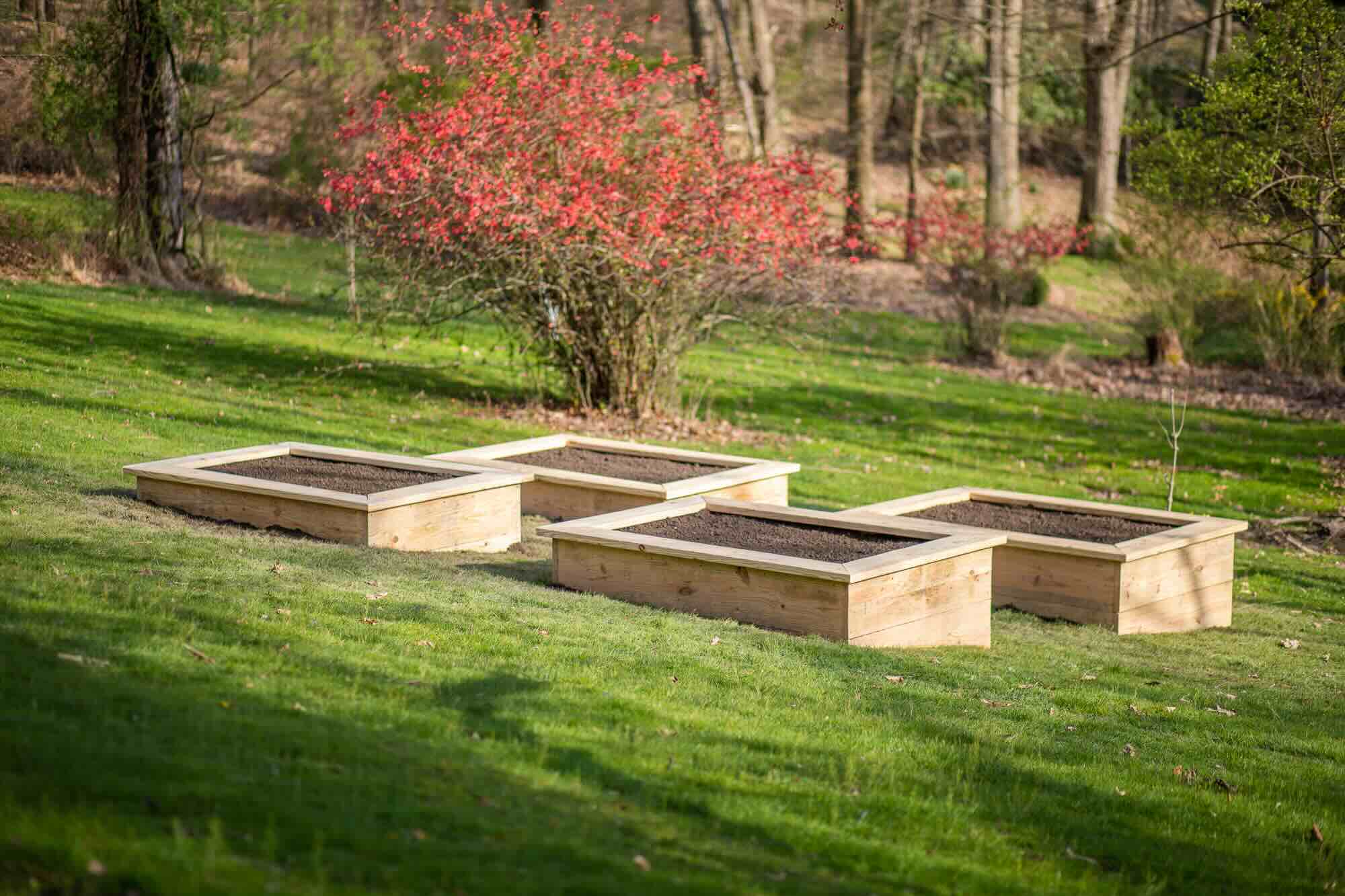

0 thoughts on “How To Build Vertical Garden”